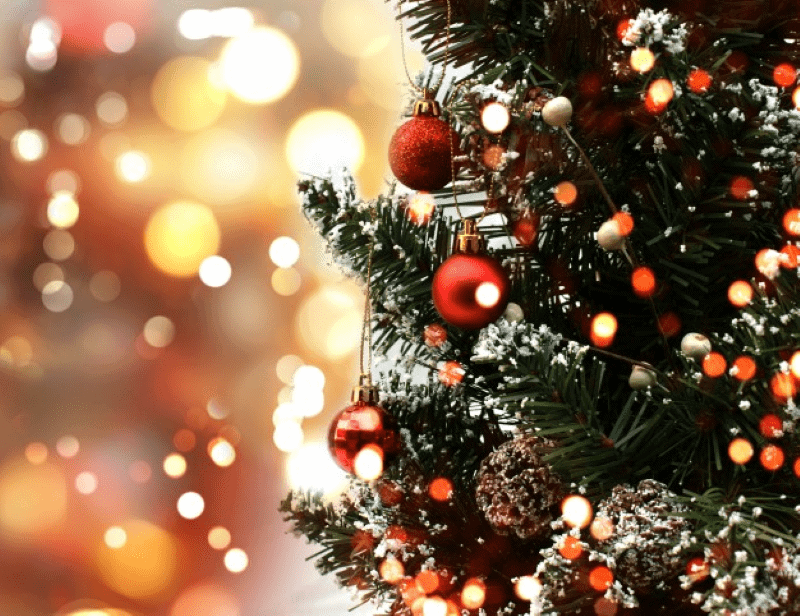Many families debate whether they should get a real or full artificial Christmas tree to decorate before Christmas arrives. So, to help you decide, we have pros and cons for both of them to make your decision a bit simpler when choosing one.
Different Types of Trees for Christmas
In both real and artificial trees, you have endless choices to choose. The popular ones in real trees are:
- Balsam First
- Eastern White Pines
- Eastern Red Cedars
- Fraser First
- Leyland Cypresses
- Scotch Pines
The same applies to fake trees as you find them in vast styles that mimic most tree species:
- Pines
- Blue Spruces
- Slim Christmas Trees
- Half Christmas Trees
- Full Christmas Trees
- Pop-up Trees
The truth is the list keeps going on, and looking at each one’s pros and cons can help make your selection easier.
Pros and Cons Artificial Christmas Trees
The main benefit of choosing a full artificial Christmas tree is you can reuse it every year when stored in a storage bag.
The Pros:
- Artificial trees are reusable and fit in with most budgets as you only need to invest in the tree once. The tree is more expensive but has a longer lifespan, offering value to use throughout the year for different holiday decorations.
- You have low maintenance as you need not water the tree, trim it, and only need to do occasional vacuuming.
- Your fake tree is customizable compared to a real Christmas tree that you find in limited stock. In addition, you find endless variations to customize as needed. If you want a black, white, or blue tree, you can find one.
- Faux Christmas trees are not such a huge fire hazard wrapped with lights as most of them are fire-retardant, offering safety in the home.
The Cons:
- Full artificial Christmas trees have no pine needle scent. But you can spray the tree with some pine scent found at shops. Another benefit without the smell is that it does not lead to allergies.
- The cost of buying a fake tree is higher, but in terms of lifetime value, it is worth the buy.
- The tree you need to keep stored safely and a real Christmas tree might be a better option if you do not have the storage space.
Pros and Cons of Real Christmas Trees
Many families are enormous fans of investing in a real Christmas tree yearly.
The Pros:
- Your tree has a natural scent that can be positive and negative depending on whether a family member suffers from allergies.
- The natural tree remains a tradition as family members go out together to pick and decorate the tree
- Your real Christmas tree is biodegradable and easy to break down and use the bark and more in the garden.
- Buying a real tree supports your local sellers in building the local economy.
The Cons:
- You find real Christmas trees in different species with vast needs for watering and maintenance. Hence, keeping that tree looking great until Christmas passes is time-consuming.
- You have constant clean-ups as the needles fall everywhere. You will have leafs falling the whole time until you remove them from home.
- The tree is also a fire hazard when you decorate it with lights.
- Your natural tree you can only use once and not reuse it the next year and can also give allergies.
- Some real trees are also toxic to humans and pets.
Think of The Environmental Impact
If you still feel undecided about the two trees, one crucial thing to consider is the environment. Cutting down real trees to display only for Christmas has a substantial environmental impact. While people still replace the cut-down trees, those trees take longer to grow.
Investing in a full artificial Christmas tree you reuse every year. While critics say it still impacts the landfill because of the plastic, you can create something new when recycling it. Hence, it all comes down to preference, the pros, and the cons mentioned above.
